ACEOs and ATCs are miniature works of art that can be traded or purchased. It is an affordable way to collect original artwork from all kinds of artists.
In recent times a new art craze has emerged in the form of miniature 2.5×3.5-inch artworks. The original idea was for artists to swap their own art cards for those of other artists.

It then became possible to buy such cards, opening up a brand new avenue of collecting art. Suddenly, it was possible to buy original work affordably, and collect lots of art without worrying where to put it!
The History of the ATC
In 1997, Swiss artist M. Vanci Stirnemann created 1,200 cards by hand for an exhibit, and then invited other artists to create their own and swap with him. Other artists went on to organise their own trade events, and the modern ATC was born.
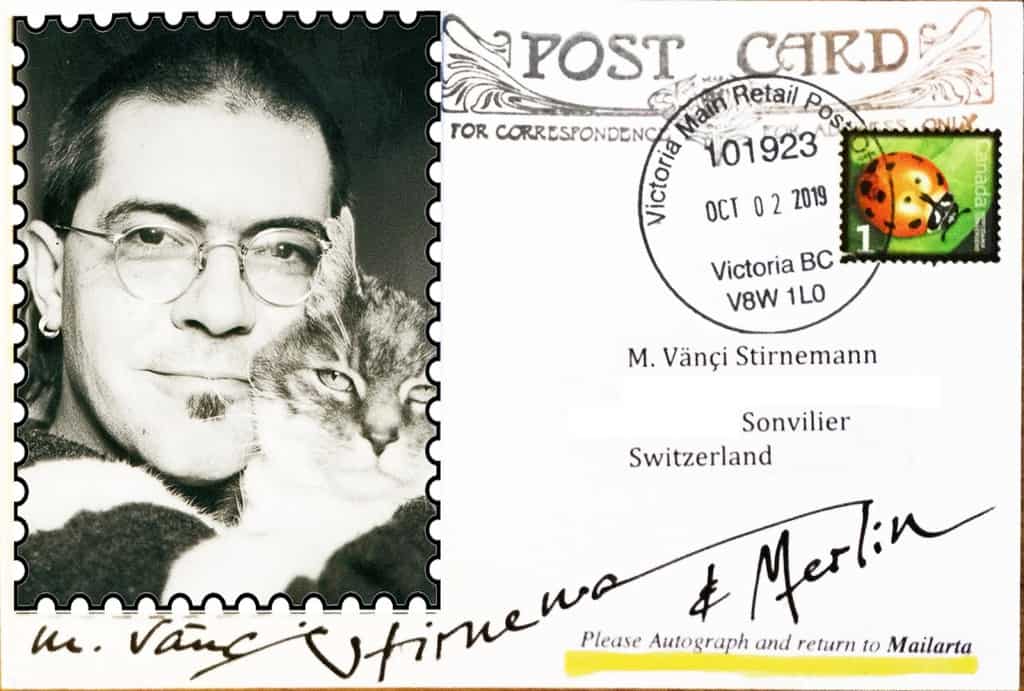
However, in theory the ATC has been around far longer than this. In the 16th century miniature art was extremely popular, especially for portraits, although they were sold rather than traded.
Many men would have these more discreet paintings created of their mistresses, often by the same artists who had painted larger portraits of their wives! Miniature art cards continued in varying forms, first being used for advertising by the French, and then picked up by the English in the mid 1700s.
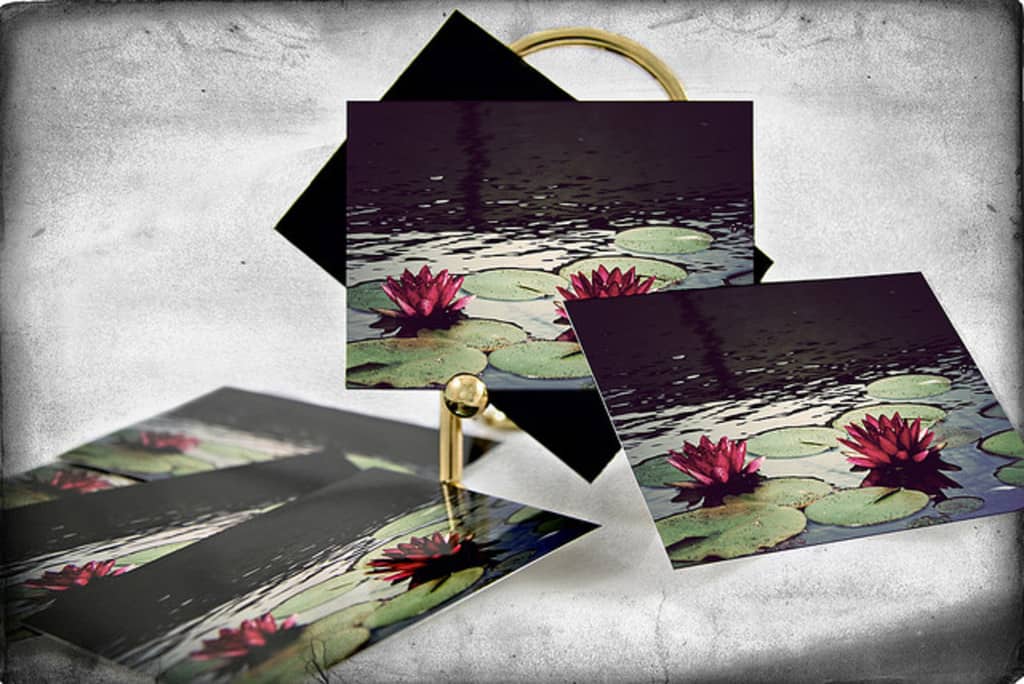
What is the Difference Between an ATC and ACEO?
ATC stands for Artist Trading Cards, representing the original method of collecting such cards by swapping them between artists.

ACEO stands for Art Card Editions and Originals, which is the term used for the same types of cards that are available for sale. These can either be original works, commanding more money, or prints, which can be limited edition or an open series.
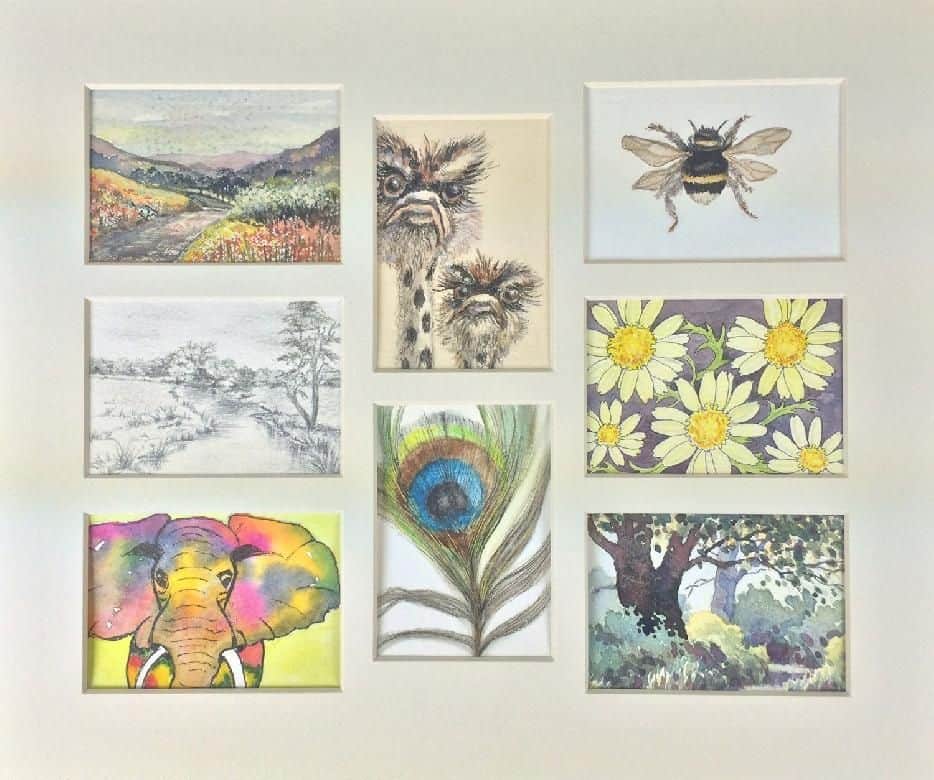
What Makes an ACEO?
The only rule when it comes to ACEO and ATC works are that they must be 2.5×3.5 inches in size. Everything else is up to the artist, from the choice of medium to the surface used. The card is not limited to being a painting; many cards are mixed media, 3D, embellished or even made from clay.
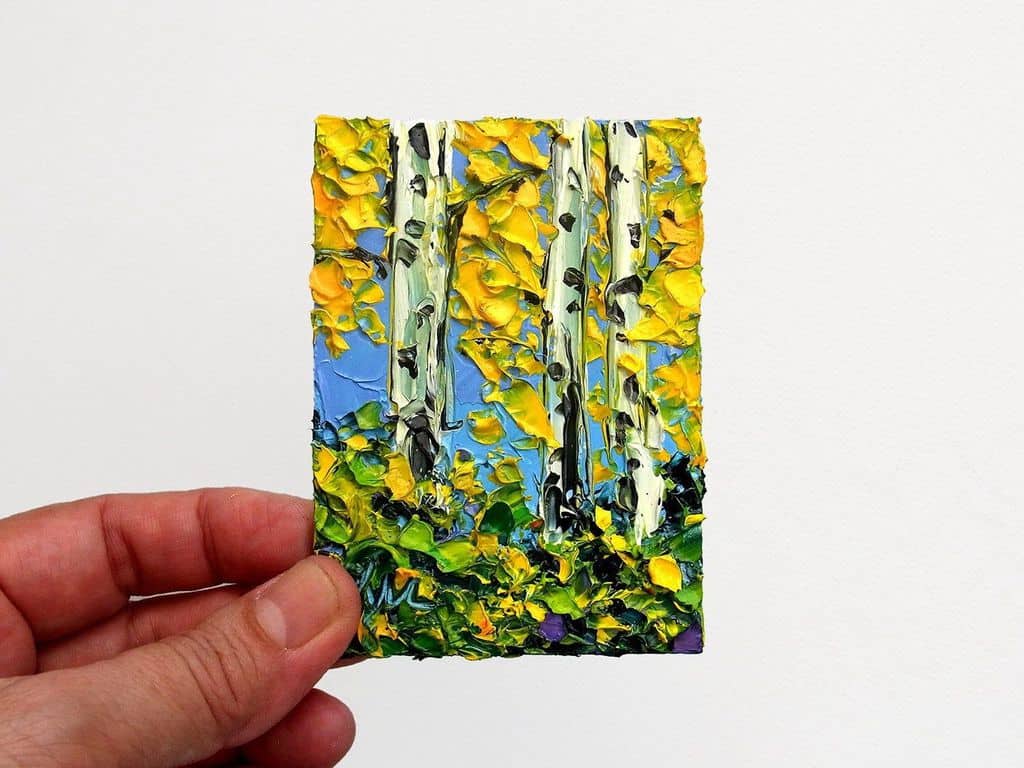
Whether ATC or ACEO, most cards have certain pieces of information on the back; usually the artist’s name, contact information, title of the piece and the number if it is a limited edition. They are also usually signed and dated by the artist.
- What Is Aromatherapy Vs. What Are Essential Oils?
- What is La Tomatina in Bunol, Spain Like? What to Expect at the Famous Tomato Throwing Festival
How to Buy ACEOs
ACEOs are available worldwide. They can be found on artists’ own websites, on auction sites such as eBay, on specialist sites such as Etsy and deviantART, or at art exhibitions and sales where the participating artists produce ACEOs.
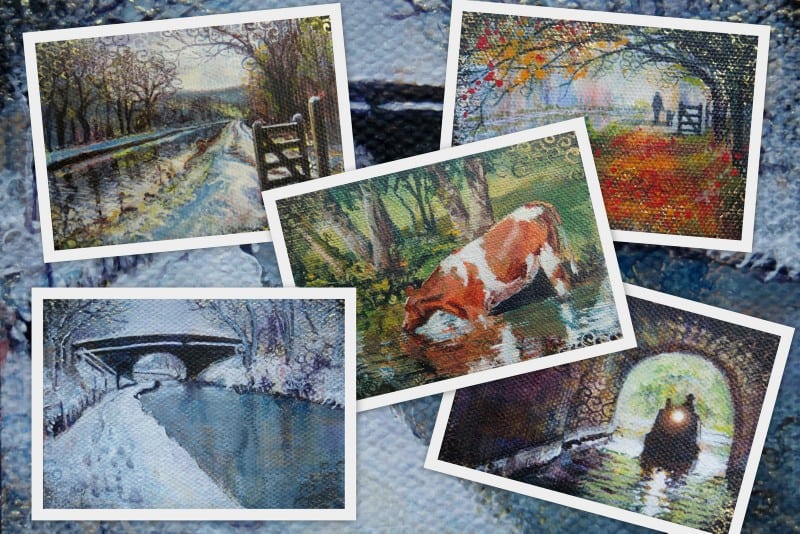
Typing ‘ACEO’ into eBay produces hundreds of listings, from fairies to animals, watercolour to oils, mixed media to clay. Once an artist becomes known, there is often competitive bidding for their work, especially original cards.
Examples include Jasmine Becket-Griffith, whose popular art is sometimes released as ACEOs; Hannah Disney, whose cartoon-style mermaids and maidens have become highly collectible in ACEO form, and Patricia Parker, who produced artwork for a series of Xena: Warrior Princess trading cards and went on to produce her own sell-out limited edition ACEOs.
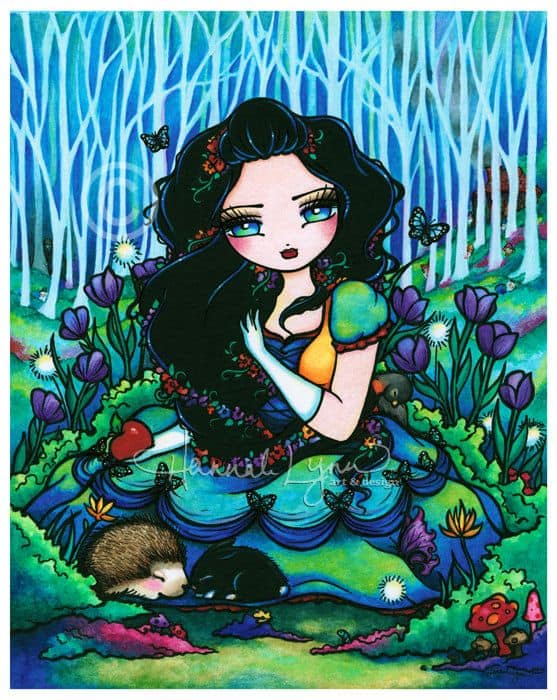
How to Make an ACEO
When creating an ACEO it is important to choose the right material. Some artists choose to cut their own from larger card or board, but pre-cut 2.5×3.5 inch art cards are also available, for those who prefer to get straight to the action!
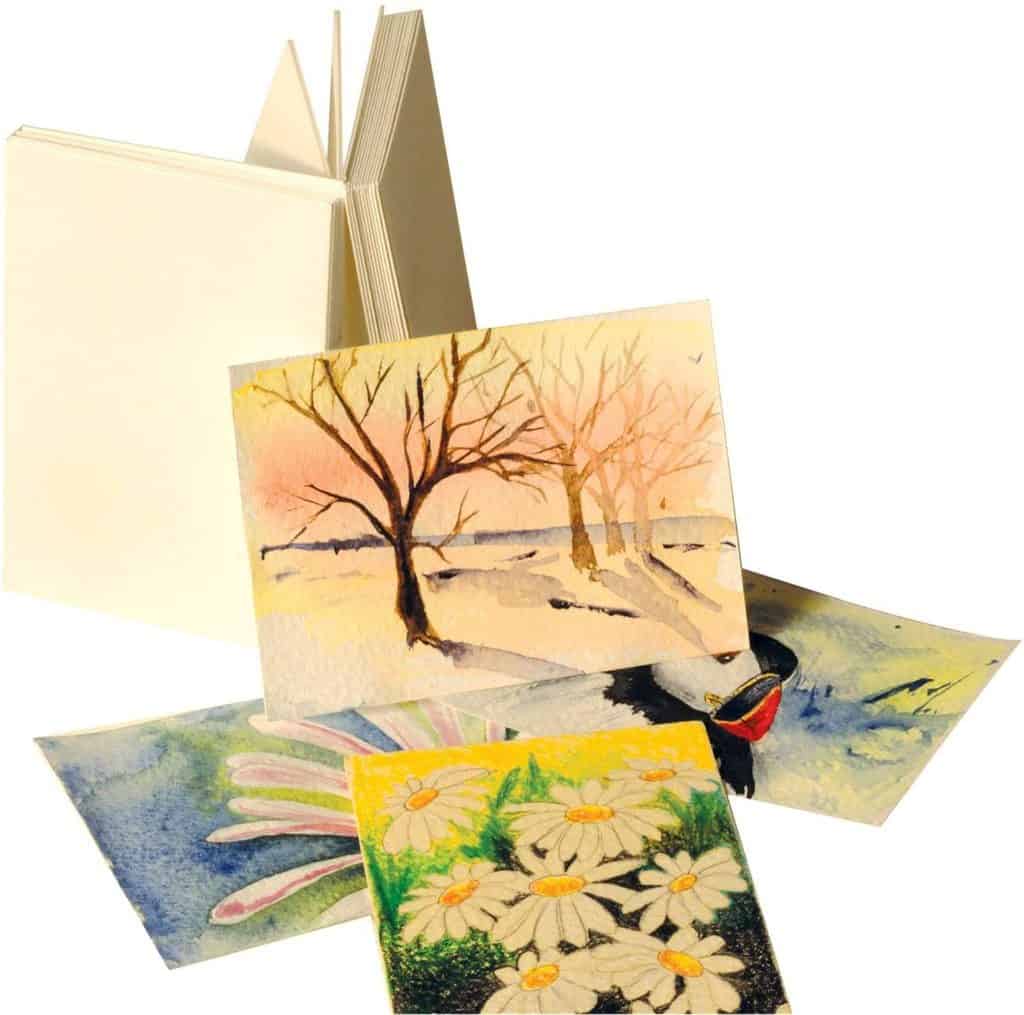
ACEOs range from basic cardstock to high quality illustration board. If an artist wishes to sell cards professionally it is advisable to invest in good quality, acid-free materials, as they will last longer and therefore be more appealing to the buying public. A prime example is Strathmore Illustration Board in Lightweight Vellum, which is available in Artist Trading Card format.

How to Design an ACEO
There are endless possibilities when it comes to designing ACEOs. Many artists like to draw part of a scene, so that it looks like the card is showing part of a larger picture. Design ideas include:
- Watercolours
- Oils
- Acrylics
- Pencil
- Ink
- Rubber Stamping

- Decoupage
- Fabric
- Embellishments (ribbons, rhinestones, buttons etc)
- Polymer Clay
- Embossing Powders
- Craft Pens
- Cross Stitch and Embroidery
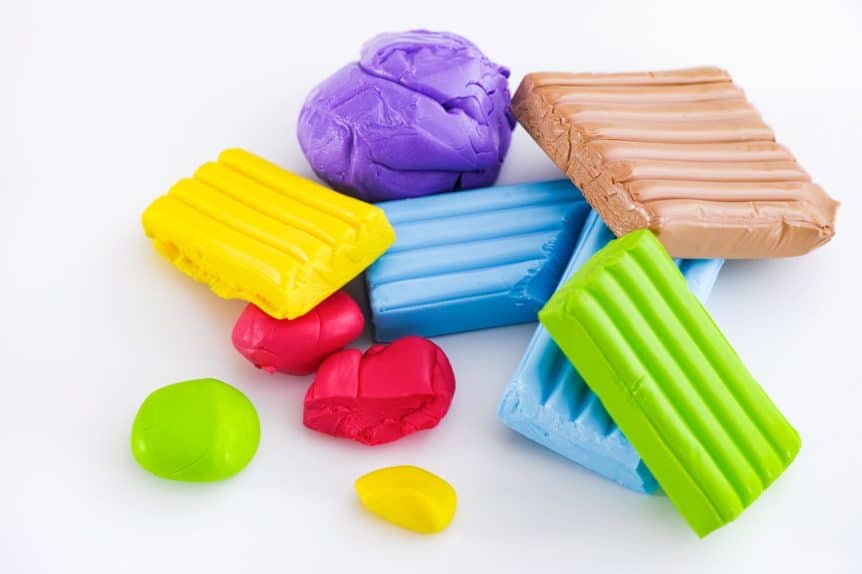
How to Display ACEOs
Collectors of art cards have a choice of display, including:
- In plastic trading card sleeves in a binder, which display 9 cards per page
- On miniature easels available especially for miniature art
- Mounted and framed on a wall or in a feature display
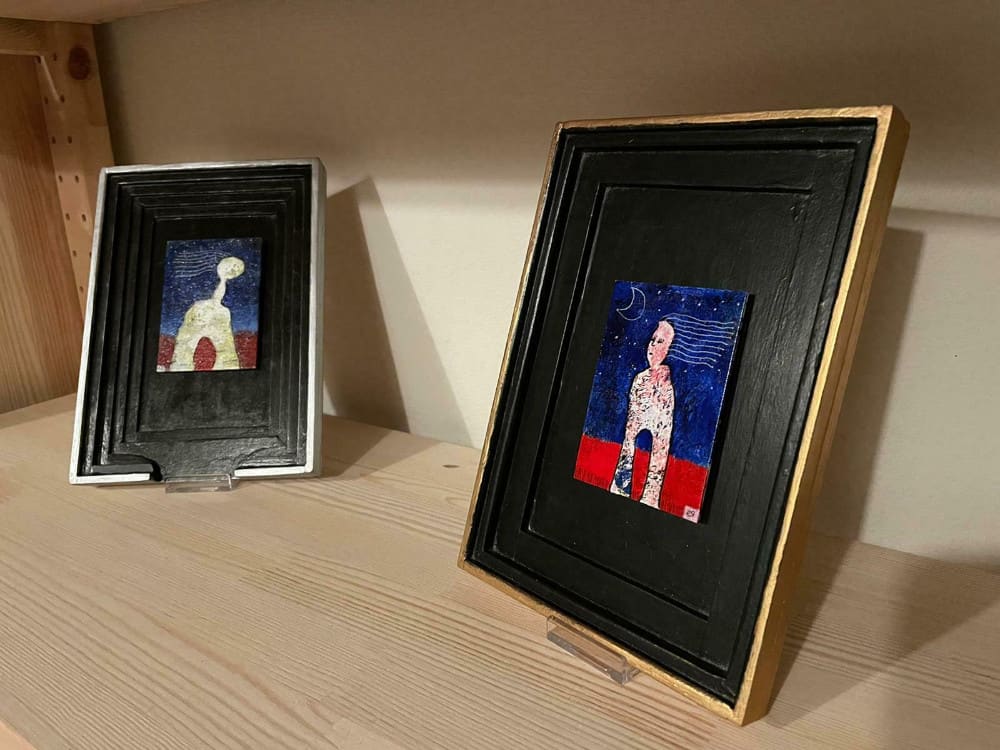
Most artists supply the card in a special ACEO envelope or trading card sleeve and protective loader.
Whether creating art cards or simply collecting them, ACEOs present a fantastic way to engage in a wide range of art, both enjoyably and affordably


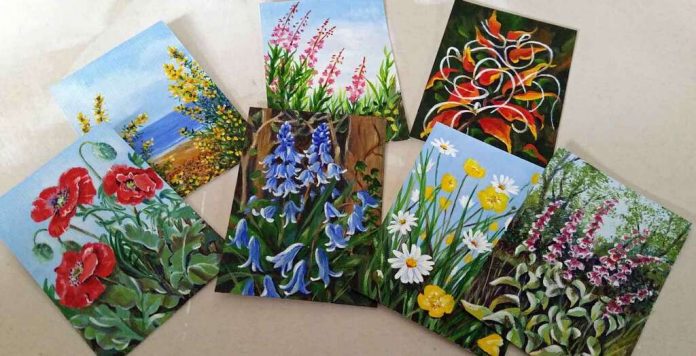
















As usual, I’m late to the party or BBQ…but thank you for this informative article ! -Sunny-